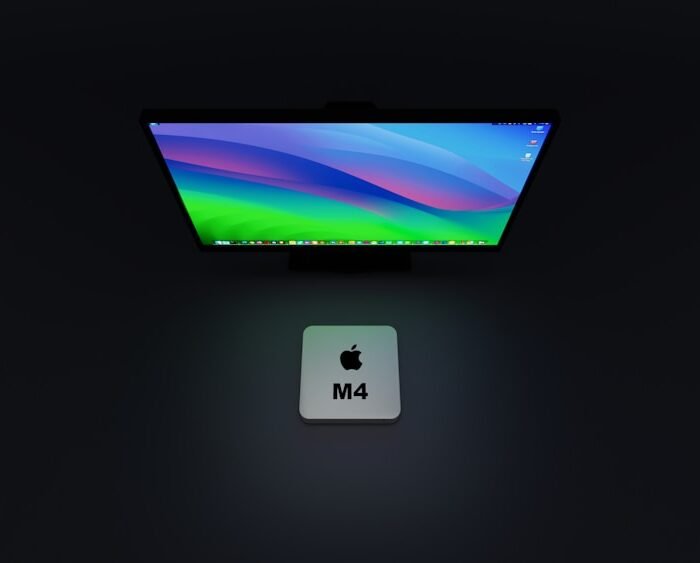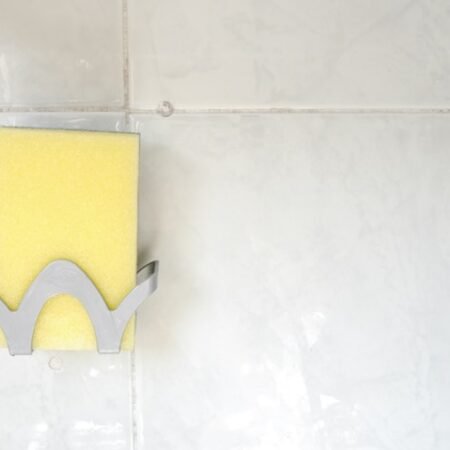When it comes to camping, food safety is often overlooked, but it is an essential aspect of any outdoor adventure. The risk of foodborne illnesses increases when cooking and storing food in the great outdoors. Without the proper tools and knowledge, campers are at risk of consuming undercooked or contaminated food, which can lead to serious health issues.
It is crucial to prioritize food safety while camping to ensure a safe and enjoyable experience for everyone. One of the main reasons why food safety is so important while camping is the lack of access to proper cooking facilities and refrigeration. Unlike at home, where you have a fully equipped kitchen and a refrigerator to store perishable items, camping requires improvisation and resourcefulness.
This means that food can easily spoil or become contaminated if not handled and cooked properly. Additionally, the risk of cross-contamination is higher in outdoor settings, as there may be limited space and resources to separate raw and cooked foods. Therefore, it is essential to take extra precautions and use the right tools, such as food thermometers, to ensure that your meals are safe to eat.
Key Takeaways
- Food thermometers are a must-have for camping trips to ensure food safety and delicious meals.
- Safe cooking temperatures for different types of food are crucial to avoid foodborne illnesses while enjoying the outdoors.
- Using a food thermometer in the great outdoors has numerous benefits, including ensuring meals are cooked to perfection.
- When choosing a food thermometer for camping, consider factors such as portability, accuracy, and ease of use.
- Delicious and safe camping recipes that require a food thermometer can help make outdoor cooking a success.
How to Ensure Your Meals are Cooked to Perfection
Cooking meals to perfection while camping can be a challenge, especially when you are dealing with limited resources and unfamiliar cooking equipment. However, with the right knowledge and tools, you can ensure that your meals are cooked safely and deliciously. One of the most effective ways to achieve this is by using a food thermometer.
A food thermometer allows you to accurately measure the internal temperature of your food, ensuring that it has reached a safe temperature to kill any harmful bacteria. In addition to using a food thermometer, there are several other tips to ensure that your meals are cooked to perfection while camping. First, it is important to properly clean and sanitize all cooking equipment and utensils before and after each use.
This will help prevent cross-contamination and the spread of harmful bacteria. Second, it is crucial to follow safe cooking practices, such as washing your hands before handling food, keeping raw and cooked foods separate, and cooking meat and poultry to their recommended internal temperatures. By following these guidelines and using a food thermometer, you can enjoy delicious and safe meals while camping.
The Benefits of Using a Food Thermometer in the Great Outdoors
Using a food thermometer in the great outdoors offers several benefits that can enhance your camping experience. First and foremost, a food thermometer provides peace of mind by ensuring that your meals are safe to eat. By accurately measuring the internal temperature of your food, you can be confident that it has reached the recommended temperature to kill any harmful bacteria.
This is especially important when cooking meat, poultry, and seafood, as these foods are more susceptible to contamination. Another benefit of using a food thermometer while camping is that it allows you to cook your meals to perfection. Whether you are grilling steaks over an open fire or roasting vegetables in a Dutch oven, a food thermometer helps you achieve the desired level of doneness without overcooking or undercooking your food.
This ensures that your meals are not only safe to eat but also delicious and enjoyable. Additionally, using a food thermometer can help you avoid food waste by preventing overcooking, which is common when cooking in unfamiliar outdoor settings.
Tips for Choosing the Right Food Thermometer for Camping
| Temperature | Food | Doneness |
|---|---|---|
| 165°F (74°C) | Chicken and Turkey | Well-done |
| 145°F (63°C) | Beef, Pork, Veal, and Lamb | Medium-rare |
| 160°F (71°C) | Ground Meat | Well-done |
| 145°F (63°C) | Fish | Flaky |
When it comes to choosing a food thermometer for camping, there are several factors to consider to ensure that you have the right tool for the job. First and foremost, it is important to choose a food thermometer that is accurate and reliable. Look for a thermometer that has been tested and certified by a reputable organization, such as the National Sanitation Foundation (NSF) or the Food and Drug Administration (FDA).
This will give you confidence in the accuracy of your thermometer’s readings. In addition to accuracy, it is important to consider the type of food thermometer that best suits your needs while camping. There are several types of food thermometers available, including instant-read thermometers, digital probe thermometers, and infrared thermometers.
Instant-read thermometers provide quick and accurate readings, making them ideal for checking the internal temperature of foods on the grill or in a skillet. Digital probe thermometers are designed for use in ovens and smokers, allowing you to monitor the temperature of your food while it cooks. Infrared thermometers are perfect for checking the surface temperature of grills and other cooking surfaces.
Consider your cooking methods and preferences when choosing the right food thermometer for camping.
Safe Cooking Temperatures for Different Types of Food
Understanding safe cooking temperatures for different types of food is essential for ensuring that your meals are safe to eat while camping. The recommended internal temperatures for meat, poultry, seafood, and other perishable foods are based on guidelines established by the USDA and other food safety organizations. These temperatures have been determined to be effective at killing harmful bacteria and preventing foodborne illnesses.
For example, the USDA recommends cooking whole cuts of beef, pork, veal, and lamb to an internal temperature of 145°F with a three-minute rest time. Ground meats should be cooked to an internal temperature of 160°F, while poultry should reach an internal temperature of 165°F. Seafood should be cooked to an internal temperature of 145°F, or until the flesh is opaque and separates easily with a fork.
It is important to follow these guidelines when cooking outdoors to ensure that your meals are safe for consumption.
Avoiding Foodborne Illnesses While Enjoying the Outdoors
Foodborne illnesses can quickly ruin a camping trip, but they can be easily avoided by following proper food safety practices and using a food thermometer. One of the most common causes of foodborne illnesses is consuming undercooked or contaminated food. This can lead to symptoms such as nausea, vomiting, diarrhea, fever, and abdominal pain, which can quickly put a damper on your outdoor adventure.
To avoid foodborne illnesses while enjoying the outdoors, it is important to follow safe cooking practices and use a food thermometer to ensure that your meals are cooked to perfection. This includes washing your hands before handling food, keeping raw and cooked foods separate, cooking foods to their recommended internal temperatures, and refrigerating perishable items promptly. By taking these precautions and using a food thermometer, you can reduce the risk of foodborne illnesses and enjoy a safe and memorable camping experience.
Delicious and Safe Camping Recipes that Require a Food Thermometer
There are countless delicious camping recipes that require the use of a food thermometer to ensure that they are cooked safely and deliciously. From grilled steaks and burgers to roasted vegetables and smoked meats, there are endless possibilities for creating mouthwatering meals in the great outdoors. One popular camping recipe that requires a food thermometer is grilled chicken breasts.
By using a digital probe thermometer, you can accurately measure the internal temperature of the chicken breasts to ensure that they reach 165°F, making them safe to eat. Another delicious camping recipe that requires a food thermometer is smoked pork ribs. By using an instant-read thermometer, you can monitor the internal temperature of the ribs as they cook low and slow over a campfire or in a smoker.
Once they reach an internal temperature of 145°F with a three-minute rest time, you can be confident that they are safe to eat and bursting with flavor. Whether you are grilling, roasting, smoking, or baking, using a food thermometer is essential for creating delicious and safe camping recipes that everyone will love. In conclusion, prioritizing food safety while camping is essential for ensuring a safe and enjoyable outdoor experience.
By using a food thermometer and following proper cooking practices, you can cook delicious meals that are safe to eat. Whether you are grilling over an open fire or roasting in a Dutch oven, using a food thermometer allows you to cook your meals to perfection without compromising safety. With the right knowledge and tools, you can avoid foodborne illnesses while enjoying delicious camping recipes that require the use of a food thermometer.
So next time you head out into the great outdoors, be sure to pack your food thermometer and cook safely and deliciously on your camping trip!
FAQs
What is a food thermometer?
A food thermometer is a tool used to measure the internal temperature of cooked foods to ensure they have reached a safe temperature to kill harmful bacteria.
Why are food thermometers important for camping trips?
Food thermometers are important for camping trips because they help ensure that food is cooked to a safe temperature, reducing the risk of foodborne illness. They also help campers cook food to the desired level of doneness, ensuring a delicious meal.
How do food thermometers work?
Food thermometers work by measuring the internal temperature of food. There are different types of food thermometers, including digital, dial, and instant-read thermometers, each with its own method of measuring temperature.
What are the benefits of using a food thermometer while camping?
Using a food thermometer while camping helps ensure that food is cooked to a safe temperature, reducing the risk of foodborne illness. It also helps campers cook food to the desired level of doneness, ensuring a delicious and enjoyable meal.
What are the different types of food thermometers available for camping trips?
There are several types of food thermometers available for camping trips, including digital thermometers, dial thermometers, and instant-read thermometers. Each type has its own advantages and features, catering to different camping cooking needs.
How can I use a food thermometer while cooking on a camping trip?
To use a food thermometer while cooking on a camping trip, simply insert the thermometer probe into the thickest part of the food, making sure not to touch bone, fat, or gristle. Wait for the temperature reading to stabilize to get an accurate measurement.












